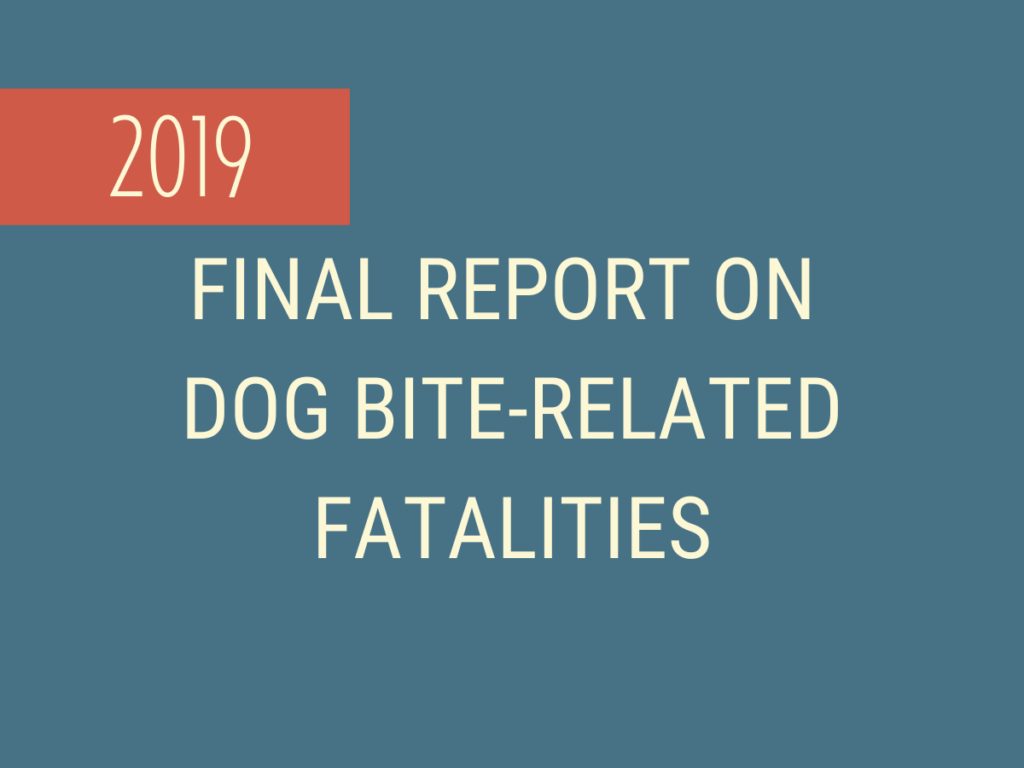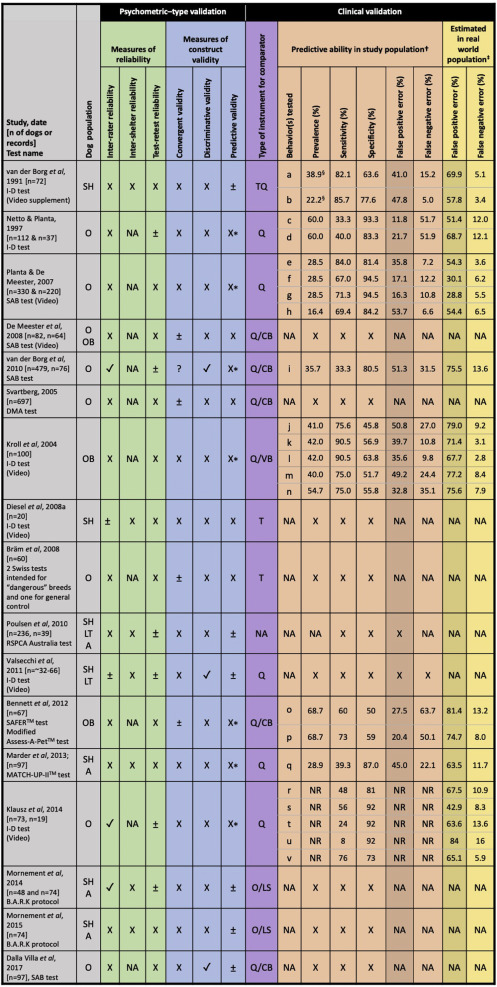Summary & Analysis: Fatal and near-fatal animal bite injuries
This 1991 study by Clarke et al. has a very small sample size (two canine-related cases) and lacks contextual factors. The cases cannot be extrapolated to the greater dog-bite-related fatalities literature or population. We include it in the research library because it has been cited many times in anti-pit-bull literature.
Summary & Analysis: Attacks by packs of dogs involving predation on human beings
This paper covers a small series of unique case studies.
Dog Bite-Related Fatalities: A Literature Review

DBRFs are extremely rare, and because research indicates that they are largely preventable and may disproportionately affect children, there has been a push to better understand the circumstances and variables that contribute to such incidents.
Enrichment centered on human interaction moderates fear-induced aggression and increases positive expectancy in fearful shelter dogs

This 2019 study by Willen et al. provides strong evidence that “fear-induced aggression” in dogs housed in shelters is highly modifiable, raising critical concerns about the validity and ethical implications of behavior evaluations used to determine whether the dogs are “adoptable.” The researchers found that a simple human intervention—30 minutes of positive human interaction per day over five days—more than doubled the number of fearful dogs who passed the Safety Assessment For Evaluating Rehoming (the SAFER assessment). In addition to calling into question the reliability of commonly used instruments like SAFER, these findings suggest that many dogs labeled as aggressive and sometimes euthanized may, in fact, be experiencing fear that can be alleviated through brief, human engagement. The study also demonstrated shifts in dogs’ emotional states, as measured through provocative battery testing, further reinforces that behavior observed in stressful shelter environments may not reflect how a dog will behave in a home. Although the study’s design introduced some confounding variables that may distort or mask the effects of others (e.g., music, scent, and room environment), its takeaway is clear: behavior evaluations conducted without first addressing stress can produce misleading results that carry life-or-death consequences. This research underscores the need to rethink the role of behavior assessments in shelters and prioritize practices that support dogs’ emotional wellbeing before making outcome decisions.
What is the evidence for reliability and validity of behavior evaluations for shelter dogs? A prequel to “No better than flipping a coin.”

This 2019 review by Patronek et al. of studies claiming to validate or support the reliability of canine behavior evaluations used in animal shelters is the most comprehensive review to date. Their findings are unequivocal: no current evaluation demonstrates the scientific rigor necessary to justify its use for predicting individual dog behavior or guiding high-stakes outcomes. Through detailed analysis of 17 peer-reviewed studies, the authors show that meaningful inter-rater, test-retest, and inter-shelter reliability is largely absent, and that claims of validity—whether construct, convergent, or predictive—are weak, methodologically flawed, or based on misunderstood statistical concepts. They clarify key distinctions between predictive validity (correlations at the group level) and predictive ability (accuracy for individuals), exposing how inflated expectations for behavior tests persist despite high false-positive rates and poor real-world applicability. They argue that without strong, replicable evidence of both reliability and validity across shelter contexts, behavior evaluations lack the scientific foundation required for determining dogs’ fates and should not be used as such.
Differences in Trait Impulsivity Indicate Diversification of Dog Breeds into Working and Show Lines

This 2016 study by Fadel et al. explores how owner-reported impulsivity varied between working and show dogs of two popular dog breeds, Border Collies and Labrador Retrievers. They conclude that working lines showed small differences in impulsivity traits. While the study is frequently cited in discussions of breed-typical personality, its findings illustrate the critical difference between statistical and practical significance. The large sample size (1,161 dogs) likely drove the statistical differences, but effect sizes were minimal, and no behavioral relevance was demonstrated at the individual level. The study also faced key methodological limitations, including unverified owner reports of breed lineage, potential owner bias, and reliance on the Dog Impulsivity Assessment Scale (DIAS), a tool with limited validation. Furthermore, it did not control for environmental and training differences, especially among working lines, making it impossible to determine whether reported behavioral differences were inherited traits or learned responses. The findings highlight both the complexity of defining personality traits like impulsivity and the challenges of using owner surveys to draw meaningful conclusions about breed behavior.

